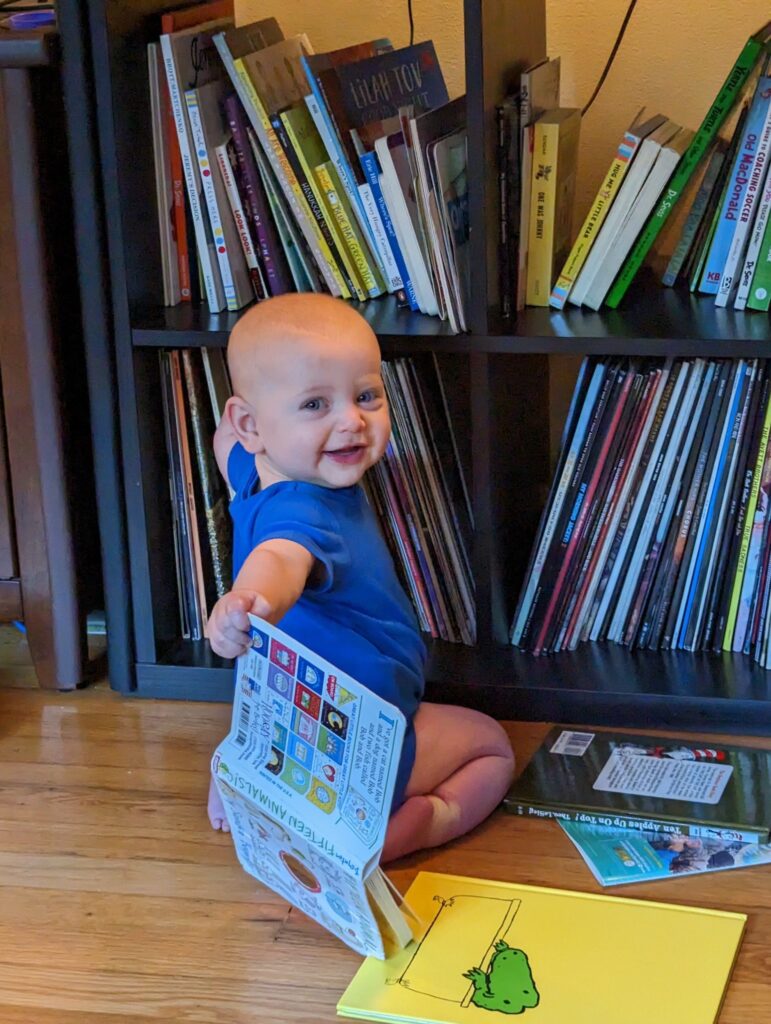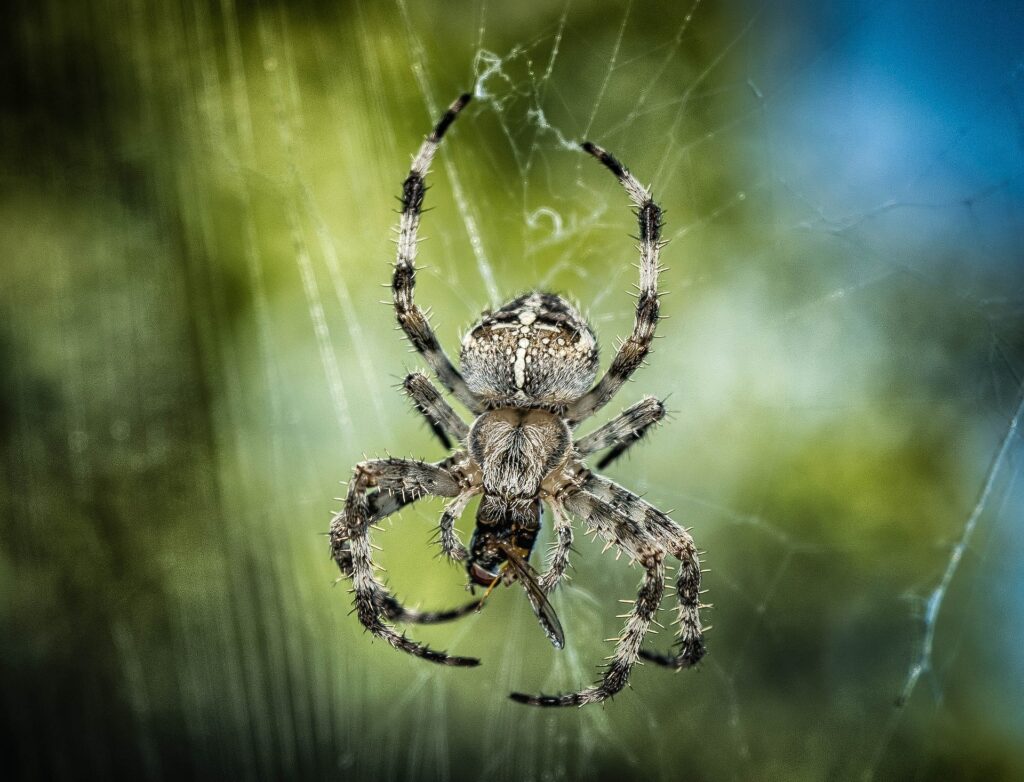Nursery Rhymes, sometimes called Mother Goose Rhymes, have been in existence as early as the 14th century. They were sung and repeated to young children, even before much of the population was literate. And many of the authors of these rhymes are unknown. So what gives?
WHAT ABOUT NURSERY RHYMES?
Human beings, in many if not all cultures, have passed along stories from generation to generation as part of oral tradition likely since the beginning of time. Some of what are considered nursery rhymes were never intended for the young, but were simply part of an oral folklore tradition passing from generation to generation.
Nursery rhymes provided a form of amusement, telling some ‘not so nice’ stories to perhaps help children learn their language, alphabet, and numbers. Some include movement and fingerplays, likely as a form of engagement, emotional connection, and as a means to practice fine motor skills. Did those originators create these nursery rhymes with these specific intentions? I suspect one will never know.
NAUGHTY OR NICE?
One example of a Nursery Rhyme based upon dark historical information is Baa Baa Black Sheep. This rhyme seems to be innocently about “the little boy who lives down the lane”, and sheep. It is actually a political commentary referencing medieval King Edward I of England’s steep tax on wool. For every 3 bags of wool produced, the King received the equivalent of taxes equal to one of the 3 bags of wool. Furthermore, the black wool sold for even less than the white wool since it could not be dyed. Pretty dismal. This explanation provided new knowledge on my part!
Let us not forget the purported origins of Ring Around the Rosie, especially poignant in pandemic and post-pandemic times. This Nursery Rhyme supposedly references the Bubonic Plague of 1665, where an estimated 15% of the British population passed away. The “rosie” refers to the red, smelly rash on a person’s body who suffered the plague, while a “pocket full of posies” refers to the flowers which lessened the smelly rash. What do you think “all fall down” references??
How about this Nursery Rhyme for teaching counting skills? Wouldn’t you say it’s pretty good, save for the reference to “maids” (only women) ‘a-waiting’, ‘a-courting’, and being ‘in th kitchen’!

1, 2 Buckle my shoe, 3, 4 Open the door, 5, 6 Pick up sticks, 7,8 Lay them straight, 9, 10 A good, fat hen, 11, 12 Dig and delve, 13-14, Maids a-courting,15, 16, Maids in the kitchen, 17, 18 Maids a-waiting, 19, 20, My plate’s empty.
Image by Nicky ❤️🌿🐞🌿❤️ from Pixabay
Finally, the Itsy Bitsy Spider serves as a latecomer in terms of Nursery Rhymes, but helps children to develop fine motor skills with its various finger-play movements. The ‘not so nice’ part of this one is its allegorical significance of the struggle of the lower classes (the ‘spider’) to make its way in society. The ‘waterspout’ signifies the myth of the American Dream supposedly achievable to all who work hard, while the ‘rain’ signifies the pressure of the upper classes to hinder the ability of the lower class to achieve success. Finally, the ‘sun’ signifies the false hopes of the lower class in terms of achieving the American Dream. The original adjectives describing the spider were the “bloomin’ bloody spider”, but were altered to make them more child-friendly since the Nursery Rhyme was reportedly first published in 1910 for adults. Good idea!! Who knew??
WHY TALK ABOUT NURSERY RHYMES?
Nursery rhymes include both rhythm and rhyme, making them easy to remember. I think learning nursery rhymes provides a simple gateway to the development of early language and literacy skills.
Over the past few decades of training teachers, I was repeatedly told that primary elementary students come to school unfamiliar with nursery rhymes. This can sometimes make it more challenging to teach pre and early literacy skills. Let’s do what we can as families to foster literacy! Singing nursery rhymes to children is fun and engaging. In my experience, all children love to listen and participate in movement and song.
IS LEARNING ‘RHYME’ NECESSARY TO LEARN TO READ?
What IS important is for children to understand and speak oral language. In addition, it is important that children become aware that sentences are made up of words, and that words are made up of individual sounds, or phonemes (English has 44 phonemes). Children must be able to blend individual phonemes into words. Children must be able to segment, or separate individual phonemes when presented with a word. This ability to blend and segment phonemes is the gateway to ‘cracking the code’ of written alphabetic languages such as English.
While understanding the concept of ‘rhyme’ enhances one’s ability to blend and segment, research has proven that recognizing and producing rhyme is not a prerequisite, so do not worry if your children, grandchildren or students do not master this skill. Is it fun for kids to listen to songs, stories, and poems with rhyme? You bet!
RESOURCES TO INCORPORATE NURSERY RHYMES IN YOUR FAMILY OR CLASSROOM
Have a look at this article by Reading Rockets stating that Nursery Rhymes help children develop “an ear for language” and are “not just for babies.”
Have a look at Twinkl, a website including various activities to go along with many Nursery Rhymes.
Most inclusive book I could find organized by topic containing beautiful illustrations is 100 Best-Loved Nursery Rhymes chosen by Isla MacCuish. Check it out here. It is also available on Amazon.
Register for a FREE webinar here featuring the Literacy How Team who will be speaking on the topic ‘Bring Back Nursery Rhymes!’ on January 18 at 7pm EST. I suspect this will be recorded to view at your convenience if you cannot attend the live webinar.
To the parents, grandparents, and teachers of young children–YES, teach your young ones nursery rhymes. Do you have to tell our children about the origins of Ring Around the Rose (the Bubonic Plague)? Absolutely not!!

The young boy pictured to the left is turning one in just a couple of months. It’s one of my favorite pics of my grandson, Caleb. He listens very closely to songs and Nursery Rhymes! Guess what I am purchasing for his birthday? The big book of Nursery Rhymes I mentioned above. His parents read my blog, so I guess the ‘cat is out of the bag’ in terms of a surprise!!
Image by Caleb’s parents!
I wish all of my readers all the best for a healthy, joyous, prosperous, and productive Happy New Year 2023!

